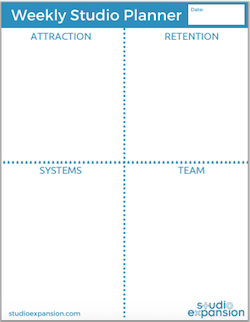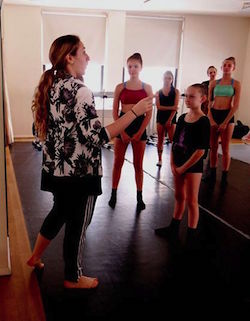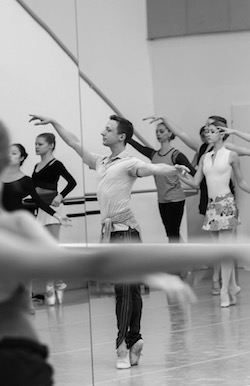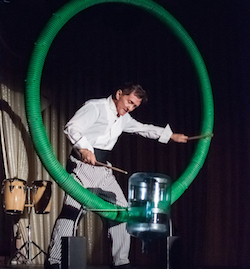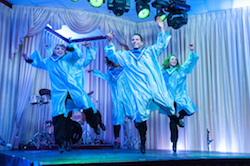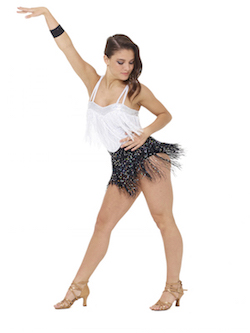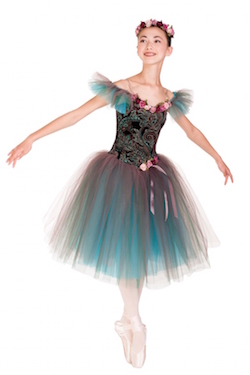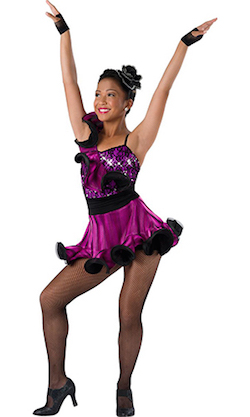Longtime Ballet Teacher Publishes Lesson Workbook
Connie Bellingshausen has taught dance since 1972, giving her over 40 years of experience in creating and executing lesson plans. While she has also taught jazz, tap and even period dancing (including Irish and Scottish dances), her main focus has been ballet.
Now, much of her ballet expertise is available to the wider public, as she has published Ballet Barre Etudes: 125 Lesson Plans to Inspire Dance Teachers. For all those dance teachers in need of a go-to resource for those days they didn’t spend as much time preparing their warm-ups, these ballet barre lessons are good sources of inspiration in a moment’s hurry.
Dance Informa met Bellingshausen at a dance costume showcase event in September, where she shared information about her new ballet workbook. Here, we catch up with her again to hear a little bit more.
Connie, what is your teaching background?
“While living in Arkansas, I ran my own studio and taught dance for the University of Central Arkansas. There, I choreographed eight musicals for the theater department, including West Side Story, Pippin, Godspell and Guys and Dolls. While there, the university awarded me for my choreography of King Stag.
I’ve also studied and become certified in Scottish Country Dance, which I still teach now for the Highland Dancers of St. Louis. But for the most part, my focus has been on teaching ballet, tap and jazz.”
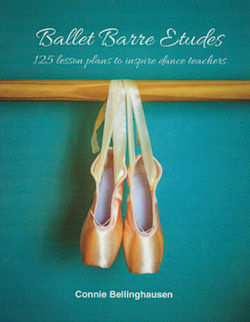
‘Ballet Barre Etudes: 125 Lesson Plans to Inspire Dance Teachers.’
What led you to publish Ballet Barre Etudes?
“After returning from vacation, I was cleaning out a file cabinet with a stack of spiral notebooks filled with lesson plans. Some were close to 35 years old. Many were written in pencil, and the writing was fading. I decided I would start putting them on the computer so I could refer to them when needed. I did this for several weeks and said to myself, ‘I’ve got a book here!’
I wish something like this had been available to me when I first started teaching. Life would have been so much easier. Teachers are so busy these days and my intentions for the book is to make their lives easier.”
Out of the 125 lesson plans included in the book, do you have any favorites?
“I don’t have a favorite lesson. When putting together a lesson plan, I often will consider what the students need at that time or incorporate part of the barre for a combination that I will later teach. Now that I have my book, I try to include one exercise from it that is unique. This makes class more interesting for my students and me. An example would be the pliés in lesson 142.”
You mention Gail Grant’s book, Technical Manual and Dictionary of Classical Ballet, in the introduction. What other dance resources do you recommend to teachers?
“I have quite a collection of dance books! When I first started teaching there were hardly any books available. In my collection I have a couple of out of print books. One is The Chalif Text Book of Dancing Book V. The pictures are great and include Harriet Hoctor, Grace Cody, Marley and Adeline Rotty.
Another book is A Manual of Classic Dancing by Sergei Marinoff. It is leather-bound, published in 1924 in Sunnyside Avenue, Chicago. It is a mail order dance class! He promises to send you a bar (his spelling), costume, slippers, photograph record with his voice over the music and exam questions that must be answered and sent in to him. There are photos of Ruth Page, Georgia Ingram, Eileen Weir and many others. I have tried to find out more about this teacher…
My favorite book for reference is The Classic Ballet, published by Alfred A. Knopf. The illustrations and descriptions are great.”
Lastly, what is your number one piece of advice to other dance teachers/studio owners?
“Never give up on a student. We are Americans not american’ts.”
To learn more about Ballet Barre Etudes, head to Amazon.
By Chelsea Thomas of Dance Informa.
The post Longtime Ballet Teacher Publishes Lesson Workbook appeared first on Dance Informa Magazine.
 Enter Studio Pulse. This new software is designed to help studio owners with their billing, accounting, class organization, attendance, client emails and more – all to streamline and make owners’ jobs easier.
Enter Studio Pulse. This new software is designed to help studio owners with their billing, accounting, class organization, attendance, client emails and more – all to streamline and make owners’ jobs easier.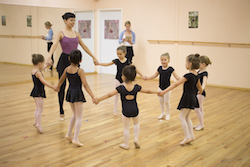 Payroll
Payroll And Studio Pulse is so accessible and easy to use that, should a studio owner need to adjust something or add a discount, he/she can log in at any time and override anything that’s been done.
And Studio Pulse is so accessible and easy to use that, should a studio owner need to adjust something or add a discount, he/she can log in at any time and override anything that’s been done. 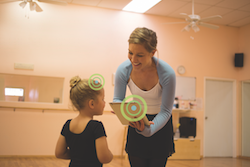 Studio Pulse also offers a free trial so that studio owners can test out the software and its unique features before committing to the service.
Studio Pulse also offers a free trial so that studio owners can test out the software and its unique features before committing to the service. 